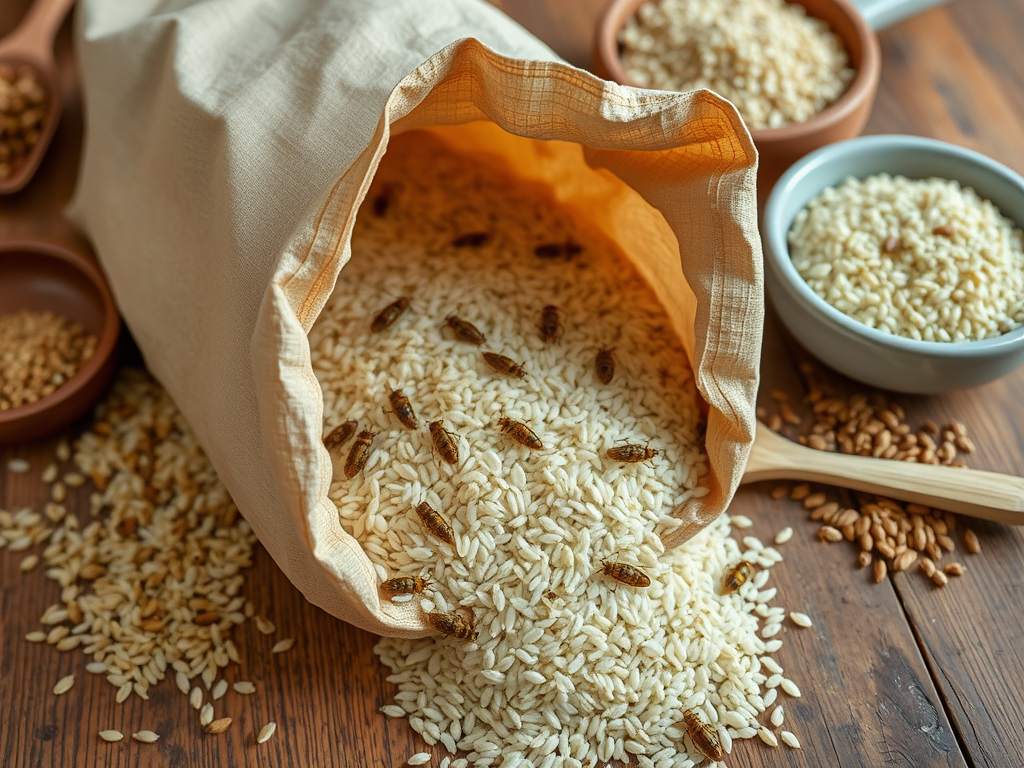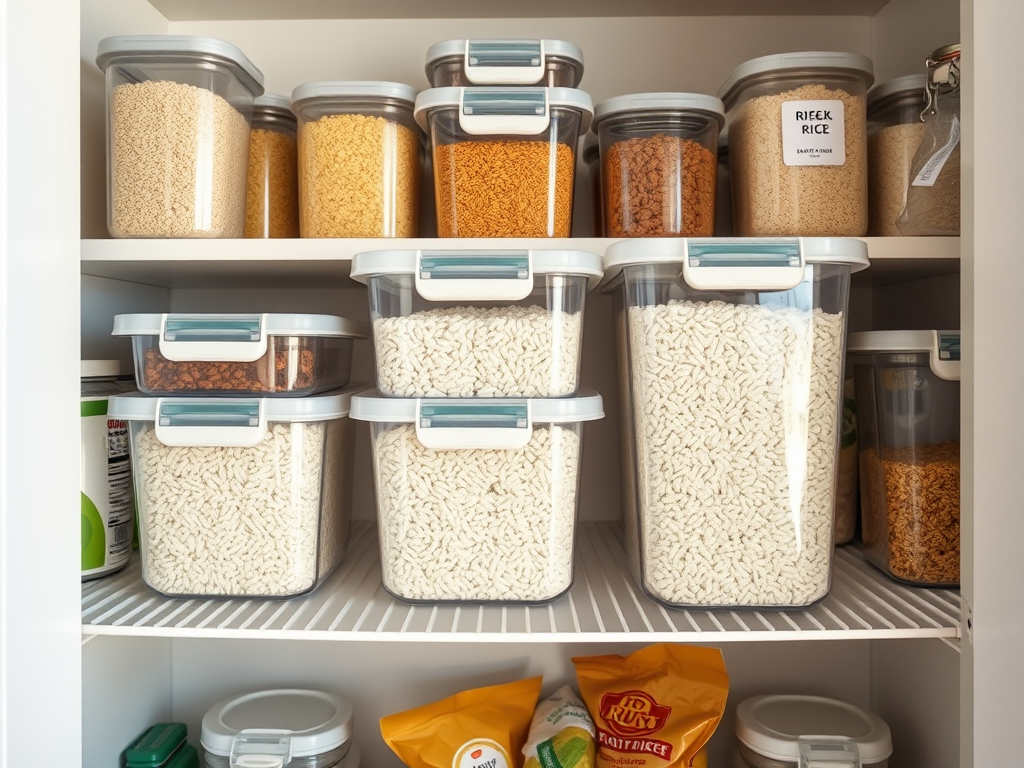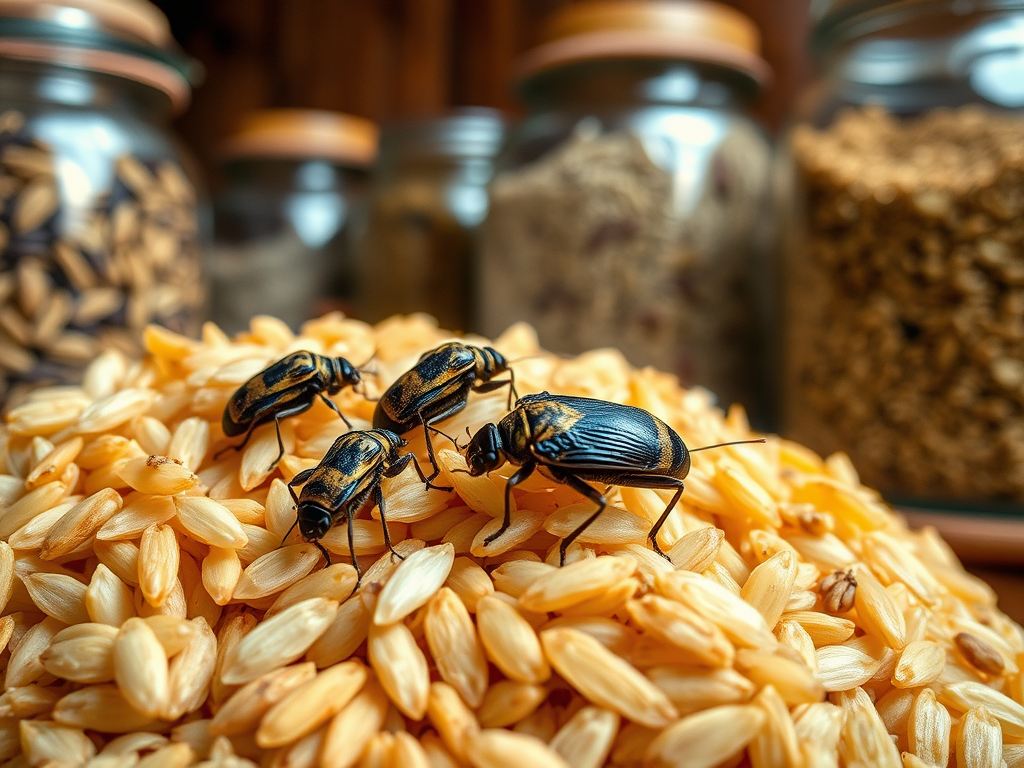Keeping your rice supplies free from weevil bugs is not just about maintaining your pantry’s tidiness; it’s about ensuring food safety and quality. These tiny pests, often overlooked, can turn your beloved grains into a breeding ground for decay and contamination. Weevils are crafty little intruders and understanding their strategies for infiltrating rice supplies is essential for effective prevention. This article will delve into how weevil bugs find their way in, the types of weevils that are common in rice, and invaluable tips for locking out these pests. If you’ve ever wondered how such small creatures can wreak havoc on your food supplies, you’re in the right place.
By elevating your knowledge about these bugs and their behaviors, you position yourself firmly against potential infestations. Many people are surprised to learn that weevil bugs can invade even the most carefully stored food items. You might think your pantry is secure, but these pests are highly adaptable and can easily find ways to thrive in various environments. Whether you buy rice in bulk or store it for a long time, understanding weevils is crucial for preservation. Let’s explore how you can effectively shield your food from these unwelcome guests.
What Are Weevil Bugs?

Weevil bugs are small beetles that pose significant threats to stored grains. Characterized by their elongated snouts and compact bodies, these pests are more than just a nuisance; they can compromise the quality of your food. Not only do they feed on rice, but they also reproduce quickly, leading to much higher infestations if not caught early. It’s essential to recognize the different types of weevils that might be lurking in your pantry. Additionally, understanding their life cycle can provide insight into their survival strategies and breeding problems. Here’s an outline of their most notable characteristics:
- Size: Generally between 2 to 5 mm long.
- Color: Often brown to black with unique markings.
- Lifecycle: Rapid development in warm conditions, making their presence felt quickly.
Common Types of Weevils

In the realm of pests, weevils are a diverse group. Here are some of the most frequently encountered species that target rice:
- Rice weevil: Known for its ability to bore through airtight containers.
- Granary weevil: More focused on whole grains but can spread to other stocked items.
- Cowpea weevil: Primarily infests legumes, yet can end up in rice supplies as well.
How Weevil Bugs Find Their Way into Your Rice Supplies
Understanding how these little intruders gain access to your food is vital for an effective preventive strategy. It often begins at the points where food is most vulnerable, especially the packaging. Weevil bugs are adept at exploiting weaknesses, and while you might consider your storage methods foolproof, there are often unseen risks involved. Notably, weak packaging can serve as an open invitation for these pests.
Packaging Vulnerabilities
Many bags of rice may not be fully airtight or could have small punctures from handling or transport. Once weevil bugs stumble upon such openings, they can easily make their entrance. It’s crucial to check packaging thoroughly before purchasing or storing any grain products. Furthermore, once you open a pack, resealing it correctly is imperative. Another layer of defense involves knowing the limitations of typical grocery bags against weevil infestations.
Poor Storage Conditions
Apart from packaging, the conditions under which you store rice can substantially influence the likelihood of attracting pests. Here’s a simple overview:
| Condition | Impact on Weevils |
|---|---|
| Humidity | Thrives in high humidity, perfect for breeding. |
| Temperature | Warm environments speed up their lifecycle. |
| Light Exposure | Attracted to certain light levels but prefer dark storage. |
With these insights, it becomes clear that maintaining a cool and dry storage environment is crucial. Regularly monitoring the temperature and humidity levels can prevent establishing conditions favorable for weevils. Storing rice in a dry, dark area can thwart their efforts to invade your food supplies.
Prevention Tips to Protect Your Rice Supplies
Taking the appropriate preventive measures can significantly reduce the chances of a weevil infestation. Here are some essential steps you can take:
- Store rice in airtight containers to eliminate entry points for weevils.
- Conduct regular inspections of your pantry and stored grains for signs of infestation.
- Maintain optimal storage conditions—cool, dry, and dark environments are your best friends.
By following these practices, you’ll minimize the risk of weevil infestation and ensure your rice stays fresh and uncontaminated. The costs associated with weevil infestations extend beyond just nuisance; they affect food safety and quality.
Conclusion
Understanding the various ways weevil bugs can infiltrate your rice supplies is key to prevention. With insights into their behavior and habitats, coupled with proactive storage techniques, you can significantly reduce the risk of these pests ruining your food. Ensuring your rice remains uncontaminated not only safeguards your meals but contributes to waste reduction and cost savings over time. Being vigilant and informed is your strongest defense against weevil infestations.
Frequently Asked Questions
- What do weevil bugs look like? Weevil bugs are small, usually between 2 to 5 mm in length, and can be brown or black, sometimes with distinctive markings.
- How can I tell if my rice is infested with weevils? Look for small holes in the packaging, webbing, or dead weevils. You may also notice a decline in the quality of the rice.
- Can I eat rice that has weevils? While it’s not harmful to consume food with a few weevils, removing the bugs is recommended for quality and aesthetic reasons.
- How long do weevil bugs live? Adult weevils can live for several months, breeding multiple times within that period.
- What should I do if I find weevils in my rice? Dispose of the infested rice immediately, clean the storage area thoroughly, and check other products for signs of infestation.
